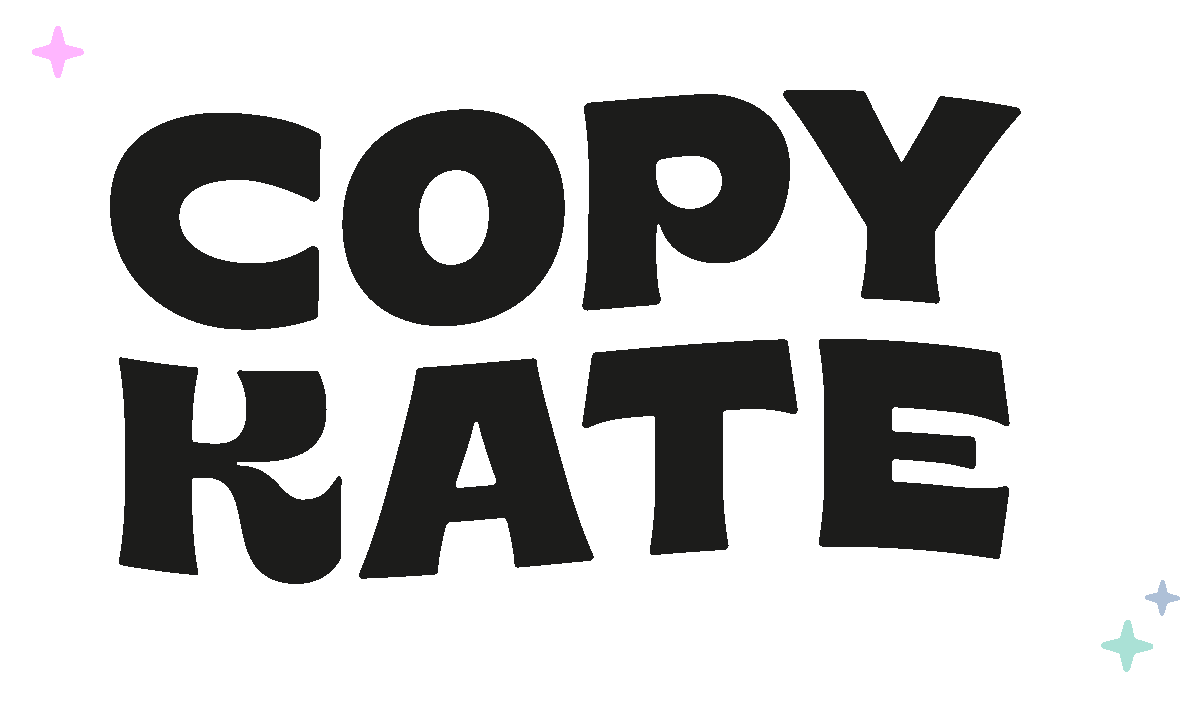Inbound vs outbound marketing | What’s the difference?
Today, there are essentially two distinct strategies marketers use to reach customers: inbound marketing and outbound (or “traditional”) marketing.
Let’s take a look at the key differences between the two 👇
Inbound Marketing: Attract, Engage, Delight
Inbound marketing is like a magnet, drawing in potential customers with valuable content and building long-term relationships. It's all about attracting prospects to your business organically and earning their trust. Think of it as the subtle art of seducing your audience but without the creepy vibes.
✔️ Pulls interested readers in
✔️ Solves consumers’ needs
✔️ Interactive with readers
✔️ As helpful content is consumed, audience members become leads
Examples of Inbound Marketing:
Content Creation: Blogs, videos, e-books, and infographics that educate, entertain, and provide value to your target audience. By creating compelling content, you position yourself as an authority in your field and gain the trust of potential customers.
Search Engine Optimization (SEO): Optimizing your website and content to rank higher in search engine results. When people search for relevant keywords, they'll stumble upon your website, increasing your chances of turning them into leads.
Benefits of Inbound Marketing:
Cost-Effective: Inbound marketing requires an initial investment of time and effort but can deliver long-term results. Once your content is out there, it can generate leads and conversions for years to come without additional expenses.
Relationship Building: Inbound marketing fosters trust and loyalty by providing valuable information to your audience. This creates a solid foundation for lasting customer relationships.
Niche Targeting: With inbound marketing, you can attract the right audience by tailoring your content to specific interests, pain points, and needs. You're not wasting resources on people who aren't interested in what you offer.
Outbound Marketing: Knock, Knock! Who's There?
Outbound marketing is like a door-to-door salesperson armed with a megaphone. It's the traditional, in-your-face approach to marketing, where you actively reach out to potential customers. It's loud, assertive, and sometimes interruptive, but it can still get the job done if executed thoughtfully.
✔️ Written to sell products
✔️ One-way communication
✔️ Disrupts whatever content is being consumed
Examples of Outbound Marketing:
Email Marketing: Sending targeted emails to potential leads or customers, offering promotions, updates, or valuable content. While it can be invasive if overused, a well-crafted email can catch someone's attention and drive engagement.
Print Advertising: Placing ads in newspapers, magazines, or even billboards. Though less common nowadays, a cleverly designed print ad can still capture the attention of passersby.
Benefits of Outbound Marketing:
Quick Results: Outbound marketing can generate immediate responses and boost brand awareness in a short period. If you need to drive immediate traffic or sales, outbound tactics can be effective.
Wide Reach: Outbound marketing allows you to cast a wider net, targeting a broad audience and increasing your brand's visibility beyond your existing customer base.
Direct Communication: Outbound tactics enable you to deliver a specific message directly to your audience, ensuring they receive the information you want to convey.
Finding the Perfect Balance
So which should you use?
The short (slightly frustrating) answer? Both 😅 Your strategy ultimately comes down to your audience, resources, and USP.
By combining the subtlety of inbound marketing with the assertiveness of outbound marketing, you can reach a wider audience while building meaningful relationships with potential customers.
